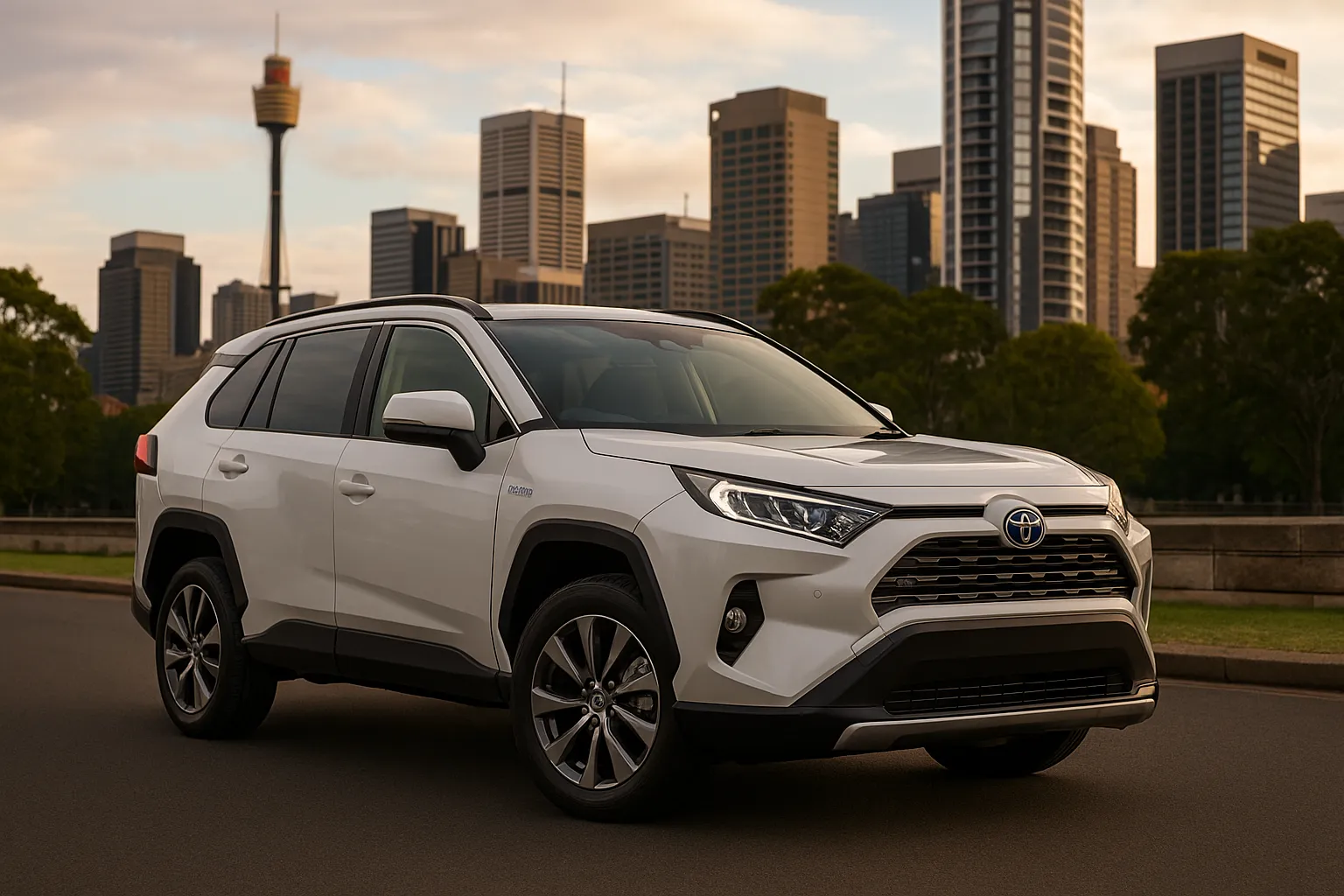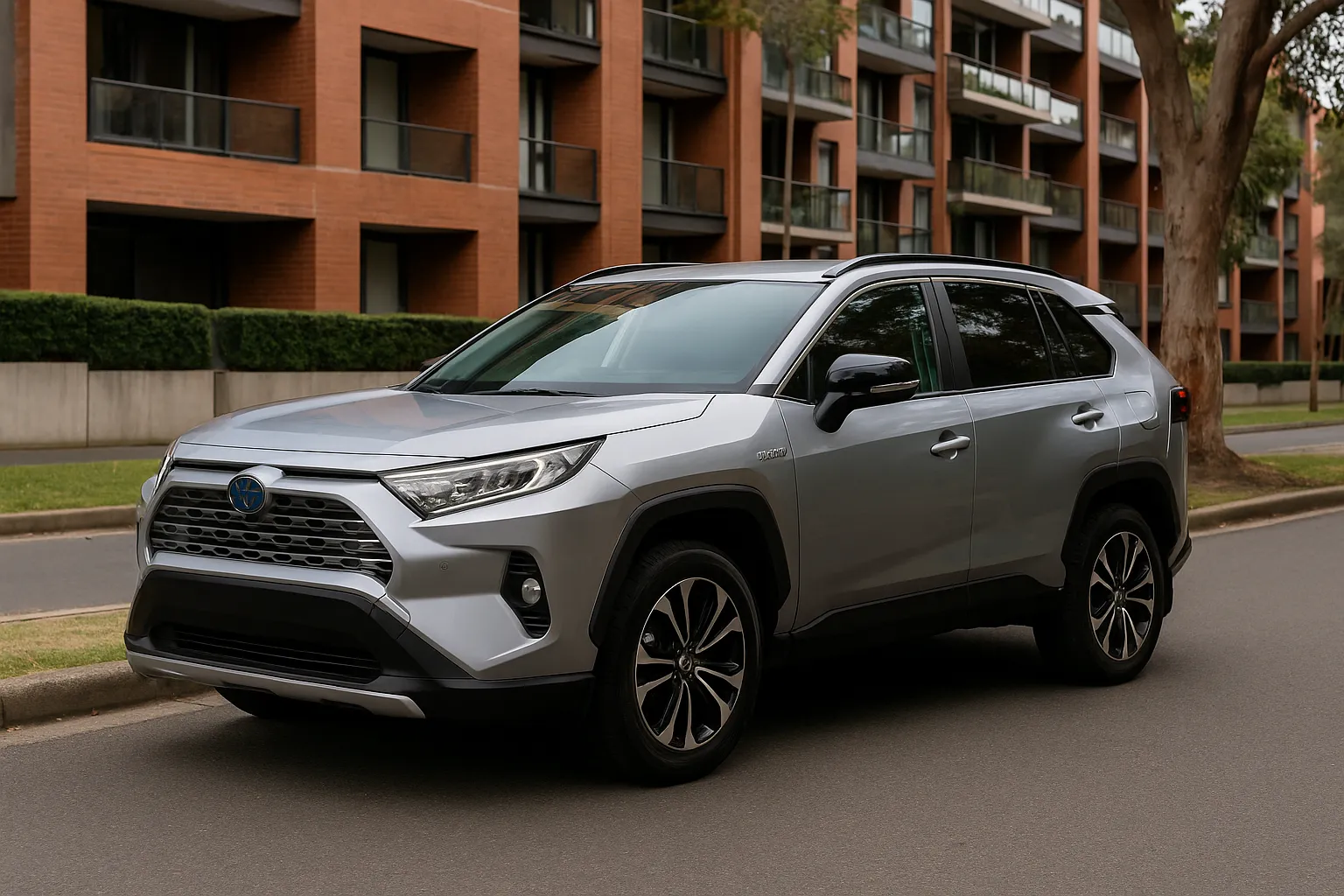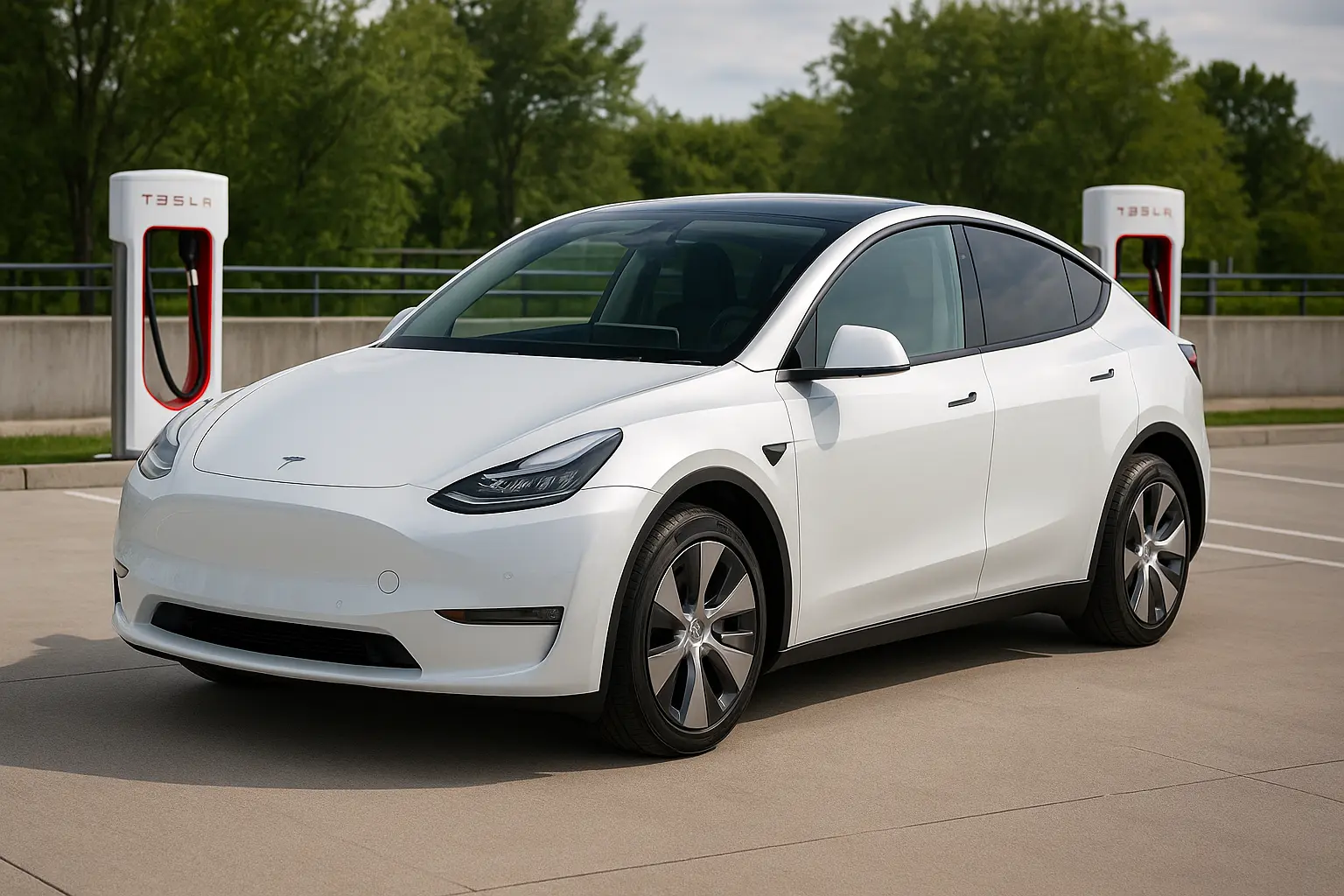As the push for greener transportation intensifies, Australians are increasingly turning to hybrid cars as a practical bridge between traditional petrol engines and full electric vehicles. With rising fuel costs, growing environmental awareness, and government incentives, the appeal of hybrid cars has never been stronger in 2025.
But what exactly is a hybrid car? How does it work? And is it really worth the hype for Aussie drivers?
This in-depth guide covers everything you need to know—from the technology behind hybrids, different types available, benefits and drawbacks, to the best hybrid models in Australia right now.

What Is a Hybrid Car?
A hybrid car is a vehicle that uses two different types of power sources to drive the wheels—typically a petrol engine combined with an electric motor.
Unlike electric vehicles (EVs), which rely solely on battery power, hybrids use the electric motor to assist the petrol engine or take over at low speeds. The result? Improved fuel economy and reduced emissions without compromising on convenience.
The Core Components of a Hybrid Car
- Petrol Engine – Powers the car during high-speed or heavy-load driving.
- Electric Motor – Assists the engine or takes over during low-speed driving.
- Battery Pack – Stores energy for the electric motor.
- Regenerative Braking System – Captures energy during braking to recharge the battery.
- Power Control Unit (PCU) – Manages power distribution between the motor and engine.
Types of Hybrid Cars Explained
1. Full Hybrid (HEV)
- Works: Petrol engine and electric motor work together or independently.
- Charging: No plug-in required. Charges through regenerative braking.
- Example Models: Toyota Corolla Hybrid, Honda Accord Hybrid.
2. Mild Hybrid (MHEV)
- Works: Electric motor assists engine but can’t drive the car alone.
- Charging: No external charging needed.
- Example Models: Suzuki Swift Hybrid, Kia Sportage MHEV.
3. Plug-in Hybrid (PHEV)
- Works: Can drive significant distances (30–80km) on electric power alone.
- Charging: Must be plugged into a wall charger or EV station.
- Example Models: Mitsubishi Outlander PHEV, MG HS Plus EV.
How Do Hybrid Cars Work?
Let’s break it down into everyday driving situations:
🔋 Starting & Low-Speed Driving
- Uses electric power only, making it silent and emission-free.
- Ideal for city traffic and short commutes.
🛣️ Cruising at Medium Speeds
- The petrol engine takes over or works in tandem with the electric motor.
- Seamless switching between modes ensures efficiency.
🏎️ Acceleration or Overtaking
- Both power sources combine for maximum performance.
- Instant torque from the electric motor assists the engine.
🛑 Braking or Deceleration
- Regenerative braking converts kinetic energy to electricity.
- This energy recharges the battery pack.
Benefits of Driving a Hybrid in Australia
✅ 1. Lower Fuel Costs
Thanks to electric assistance and better efficiency, most hybrids achieve 3.5L to 5.5L/100km—significantly better than standard petrol cars.
✅ 2. Reduced Emissions
A perfect choice for environmentally conscious Aussies. Hybrids cut CO₂ emissions by up to 50% compared to regular petrol engines.
✅ 3. No Range Anxiety
Unlike EVs, you don’t need to worry about finding charging stations on long drives. You can refuel at any petrol station, just like a normal car.
✅ 4. Government Incentives
Some Australian states offer:
- Stamp duty concessions
- Reduced registration fees
- Special EV lanes and parking privileges
✅ 5. Smooth and Quiet Ride
With electric assistance at low speeds, hybrids are quieter and smoother—ideal for urban commutes and school runs.
✅ 6. Higher Resale Value
Hybrid demand is soaring, keeping resale values strong for popular models like the Toyota RAV4 Hybrid or Camry Hybrid.
Drawbacks of Hybrid Cars
❌ 1. Higher Initial Cost
Hybrids often cost more upfront than petrol-only versions. But fuel savings and incentives often balance this over time.
❌ 2. Battery Replacement Costs
Though rare, battery packs can cost between $2,000–$6,000 if out of warranty (typically 8–10 years or 160,000 km).
❌ 3. Boot Space Reduction
Some hybrid models have slightly less boot space due to battery placement.
❌ 4. Limited Towing Capacity
Most hybrids aren’t designed for heavy towing—something to consider if you're into caravanning.
Top Hybrid Cars in Australia 2025
🚙 1. Toyota RAV4 Hybrid
- Australia's best-selling hybrid.
- Fuel efficiency: 4.7L/100km.
- Excellent safety, tech, and resale value.
🚗 2. Toyota Corolla Hybrid
- Affordable, reliable, and efficient.
- Fuel efficiency: 3.9L/100km.
- Perfect for city dwellers.
🚘 3. Mitsubishi Outlander PHEV
- Plug-in SUV with up to 84km EV range.
- Ideal for mixed driving styles.
- Versatile family-friendly interior.
🚗 4. Honda Accord Hybrid
- Premium sedan with full hybrid tech.
- Smooth, quiet ride and top-tier comfort.
🚙 5. Kia Niro Hybrid
- Available as HEV or PHEV.
- Compact SUV design with generous features.
🚗 6. Hyundai Ioniq Hybrid
- Streamlined design, smooth drive.
- Also available in EV and PHEV variants.
Hybrid vs Electric vs Petrol – Which Is Right for You?
| Feature | Hybrid | Electric (EV) | Petrol |
|---|---|---|---|
| Fuel Cost | Low | Lowest | High |
| Range | Excellent | Limited (unless high-end) | Excellent |
| Charging | Not Required (except PHEV) | Required | Not Required |
| Purchase Price | Medium | High | Low |
| Emissions | Low | Zero | High |
| Maintenance | Moderate | Low | Moderate |
| Resale Value | High | Growing | Declining |
What to Look for When Buying a Hybrid in Australia
🧾 1. Fuel Economy
Always check the ADR fuel consumption rating (L/100km). Lower numbers mean better efficiency.
🚗 2. Type of Hybrid
Choose HEV for ease, PHEV for EV flexibility, or MHEV for budget-friendly mild assistance.
🛠️ 3. Warranty and Battery Coverage
Ensure the hybrid battery is covered under an 8–10 year warranty.
🔌 4. Charging Convenience (For PHEVs)
Check if you have home charging access or nearby public stations.
📦 5. Boot Space & Practicality
Some hybrids sacrifice cargo room—check specs if you carry a lot of gear.
Maintenance of Hybrid Cars in 2025
One major misconception is that hybrids are expensive to maintain. In reality, hybrids often have lower wear-and-tear due to reduced engine usage and regenerative braking.
Maintenance Tips:
- Battery checks every service.
- Brake system inspections due to regenerative braking use.
- Engine oil changes still required but less frequently.
- Use hybrid-trained mechanics for proper diagnostics.
Hybrid Car Insurance in Australia
Insurance for hybrids is similar to petrol cars, but some providers offer discounts for eco-friendly vehicles.
Factors That Affect Premiums:
- Vehicle value (hybrids are often pricier)
- Battery replacement concerns
- Driver history and location
- Usage pattern (city vs rural)
Tip: Compare quotes from insurers offering hybrid-specific plans.
Why Aussies Love Hybrid Cars – Real-World Insights
Australians are drawn to hybrids for practicality, cost savings, and low environmental impact. The combination of petrol backup with electric power suits long distances, unpredictable weather, and city congestion alike.
From families in Sydney using a RAV4 Hybrid for school runs to regional drivers in Victoria appreciating the fuel range of a Camry Hybrid—hybrids fit diverse Aussie lifestyles.
The Future of Hybrid Cars in Australia
While EV infrastructure continues to grow, hybrids will remain a strong option for Aussies in 2025 and beyond. Expect:
- More plug-in hybrid options with longer EV ranges.
- Increased local incentives.
- Greater fuel-saving technologies.
- More affordable hybrid small cars.
Final Thoughts
Hybrid cars offer the perfect middle ground—fuel savings, eco-friendliness, and convenience without the charging commitment of EVs. Whether you’re a first-time buyer, a tradie needing reliability, or a family wanting space and efficiency, there’s likely a hybrid made for you.
As Australia transitions toward cleaner transport, hybrids are no longer a fringe choice—they’re the mainstream.
Leave a comment
Your email address will not be published. Required fields are marked *




















